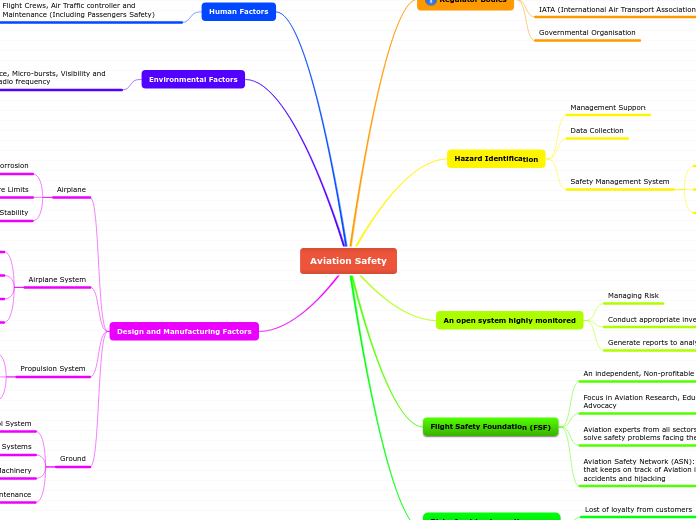Eating Disorders
Beyda
Why?
Scientists and researchers are still learning about the causes of these harmful physical and emotional conditions. However, we can find several factors:
Biological Factors
Eating Disorders usually run in families. Current studies tell us that genetics contribute significantly to eating disorders.
Social Factors
Cultural pressures that glorify "thinness" and give value to getting a "perfect body" (beauty standards)
Cultural norms that value people based on their physical appearance and not on their internal qualities and virtues
Interpersonal Factors
History of physical or sexual abuse
Being teased or ridiculed based on your height or weight
Difficulty expressing feelings and emotions
Problematic personal and family relationships
Psychological Factors
Depression, anxiety, anger and loneliness
Feelings of failure or loss of control of your life
Low self-esteem
Types
What are they?
To help you better understand people with these Eating Disorders you can watch the following video:
Eating disorders are problems related to the way people eat. They can be very harmful to a person's health, emotions and personal
relationships.
Eating disorders generally include negative and self-critical thoughts and feelings about body weight and food, and eating habits that interfere with normal body function and daily activities.
Important Facts
Eating disorders are the third chronic condition in the world and it is estimated that one out of three cases is unknown because people do not consult a doctor for this type of behavior.
An ongoing study in Minnesota has found that the incidence (new cases) of anorexia has increased over the past 50 years only in women aged 15-24. Incidence has been stable at other ages and in men.
In children, most patients with eating disorders begin to manifest the disorder between the ages of 11 and 13.
Research shows that 42% of girls in grades 1-3 want to be thin and 81% of 10-year-old girls are afraid of being fat.









